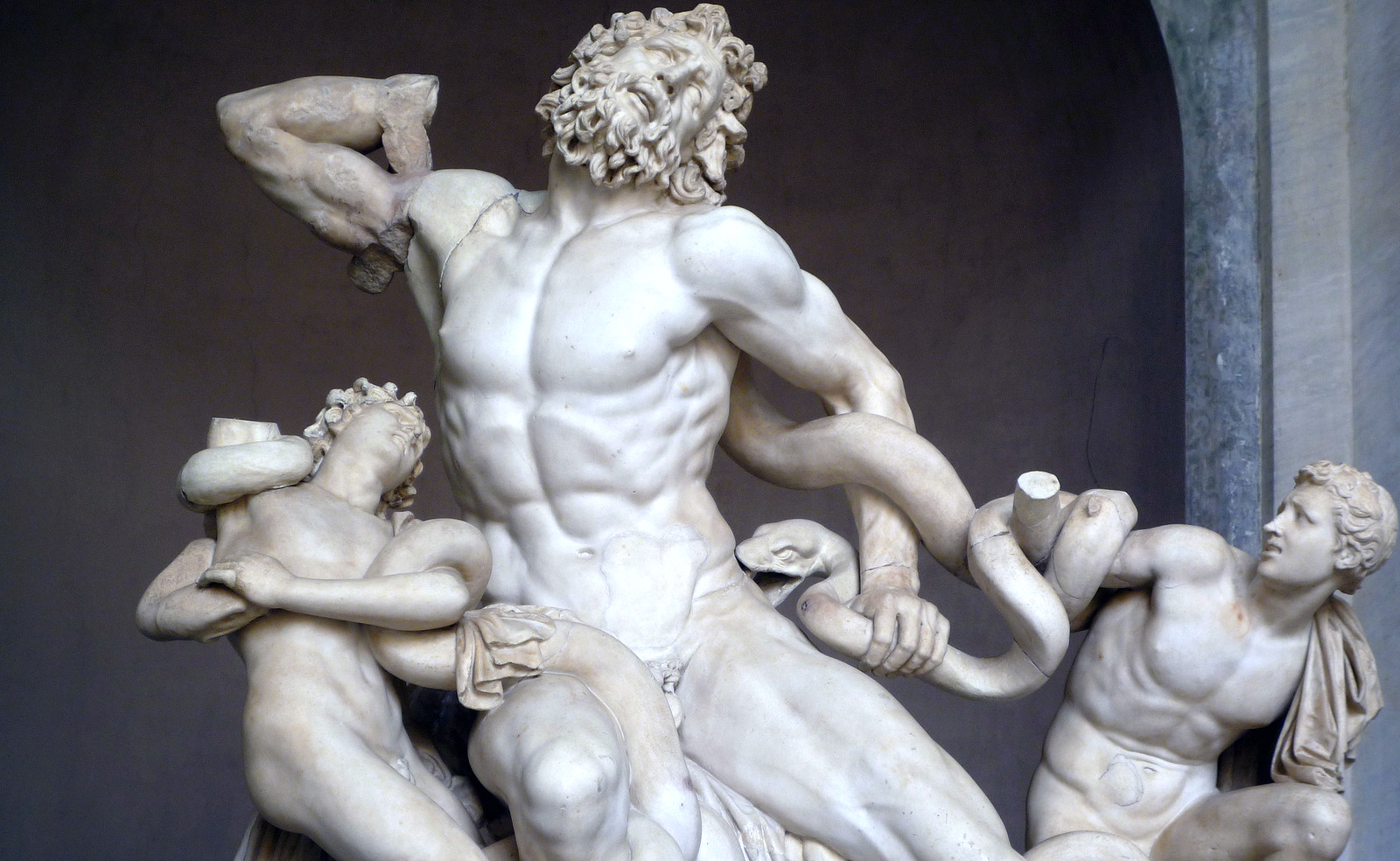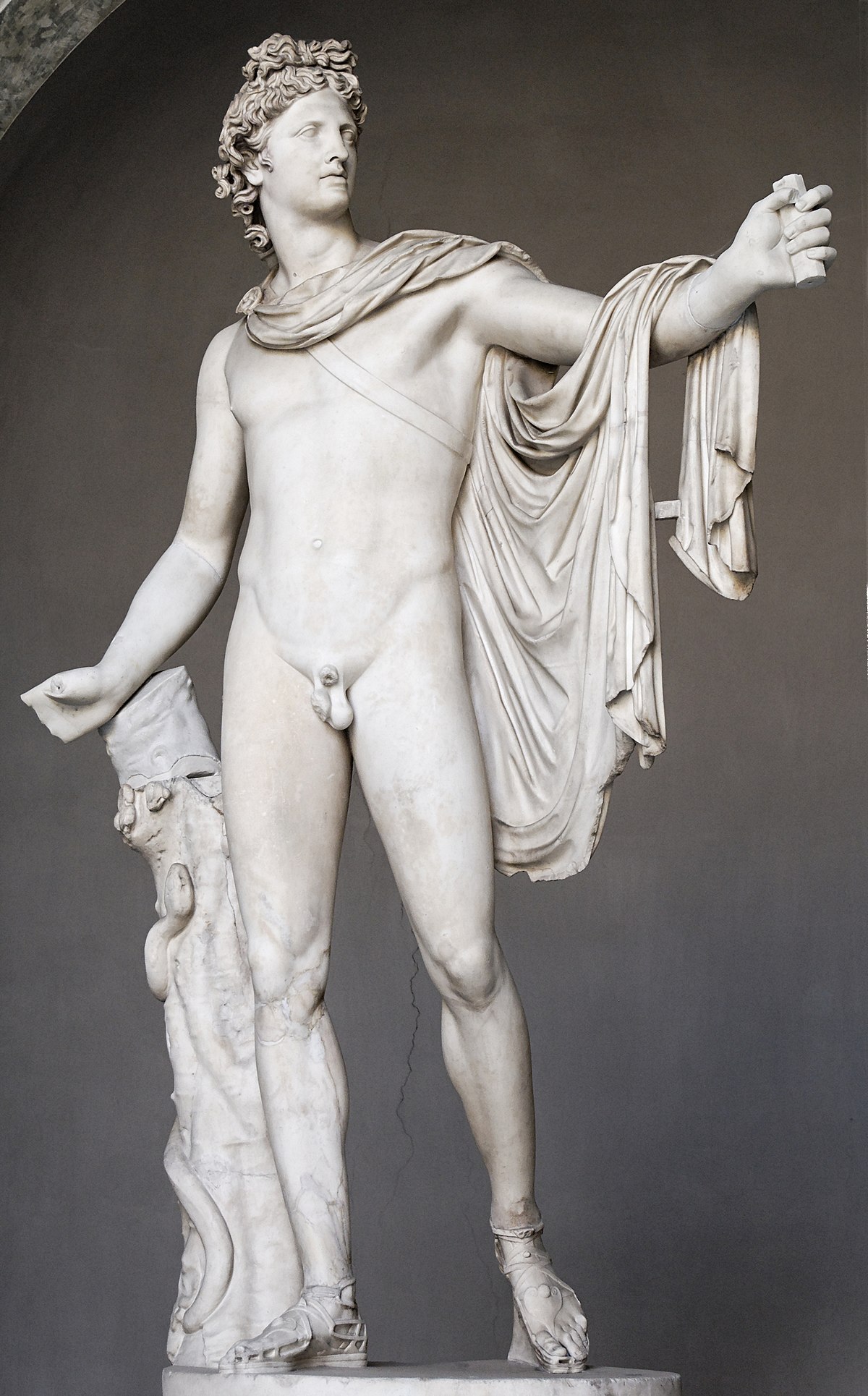Can be seen on the Temple of Athena Nike built on the Acropolis between 427 and 424 BCE. The sculpture of the Italian Renaissance comprises the approximate period between the late fourteenth and the early sixteenth century when Italian sculpture expressed a reaction against the aesthetic principles of Gothic and assimilating the influence of classical antiquity art humanism and rationalism developed a style that merged naturalistic and other idealistic elements into.

Art History Midterm Flashcards Chegg Com
The classical period characterized modifications in both the function and the style of the sculpture.

. Temples and other public buildings. Poses seemed more naturalistic as shown by the Polykleitos of Diadumenos sculpture. Classical Greek sculpture is both naturalistic and idealistic.
The Parthenon Marbles created by Phidias are perhaps the most famous examples of this style of Classical Greek sculpture. 3 points QUESTION 25 1. Indeed John Boardman describes the work of Polyclitus Fig 2 a sculptor who canonized the male athletic body in classical period art as ideally realistic Boardman 157.
The more naturalistic a work the more it looks like our world and the less naturalistic the less so. Naturalism realism abstraction and idealization. The scientific skill of Greek sculptors in showing.
The rigid poses of Egyptian and early Greek figures gave way to a greater interest in anatomy and more relaxed poses. A similar conflation can be found in the medium of classical sculpture which is both naturalistic and idealistic. Classical Greek figures appear more relaxed than the rigid formal Egyptian and early Greek sculptural poses because _____.
For details of art movements. The only materials available to the Egyptian sculptors were stones that had a very. These relief sculptures are known for their dynamic movement and realism and decorated the temple chambers interior walls.
The _____ period brought more humanistic and naturalistic style with emphasis on expression and emotion. Classical sculpture was both naturalistic and idealistic Government assembly halls The first Christian churches were patterned after basilicas used by he Romans as. Played a major role in the daily lives of the people of ancient Greece.
Classical art emphasizes rational simplicity order and restrained emotion. This sculpture and other reliefs of this time have influenced later artists like Auguste Rodin. Classical Greek sculpture is both naturalistic and idealistic.
Classical greek sculptures became increasingly naturalistic and began to show the body as alive and capable of movement while maintaining an interest in portraying the ideal human anatomy Greek Architecture. Access the answers to hundreds of Ancient Greek art questions that are explained in a way thats easy for you to understand. The sculpture of the ancient Greeks had a major impact on.
The change from Archaic to Classical art was during the Golden Age. Classical Greek sculptors were more imaginative because the Enlightenment released them from the dogma of the pharoahs. Implied movement in sculpture Praxiteles Hermes and Dionysos from the Late Classical period depicts a graceful and naturalistic body stance called the ____ and an increased emphasis on ____.
The sculptures were generally polychrome except for works made in bronze. The use of the coffer in _____ helps lighten-both visually and. Were developed in the late fifth century BCE.
Annibale Carracci 1560-1609 influenced by Federico Barocci1526-1612 and others produced an idealistic naturalism based on Classical models and though he could depict everyday scenes with remarkable truth his world is an idealised one based on the Classical concepts of. Sculpture - Early classical period. Defined by a careful observation of nature a new concern for the mechanics of the body and the pursuit of ideal forms Classical Greek sculpture represents a radical departure from the compact forms and upright poses of Archaic male nudes.
Caravaggio The Doubting of Thomas c. The introduction of ____. During the classical period Greek sculptures did what no one had done before by worshiping the human body through bronze and The sculptures were both human-size and human-like.
Myrons Discobolos or Discus Thrower is representative of the most significant development in Early Classical art. 1601-02 oil on canvas 107 x 146 cm Sanssouci Picture Gallery Naturalism is resemblance to the real world as we see it around us. Classical Greek sculpture became increasingly naturalistic and began to show the body as alive and capable of movement while maintaining an interest in portraying the ideal human.

Form And Reality The Classical Greek Balance Of The Ideal And The Natural Disrecognized Space

Roman Sculpture World History Encyclopedia

The Story Of Art Symbolism Idealism And Realism Carolyn Anderson Blog

Introduction To Ancient Greek Art Article Khan Academy

Classical Greek Sculpture Is Both Naturalistic And Idealistic True Or False Study Com


0 comments
Post a Comment